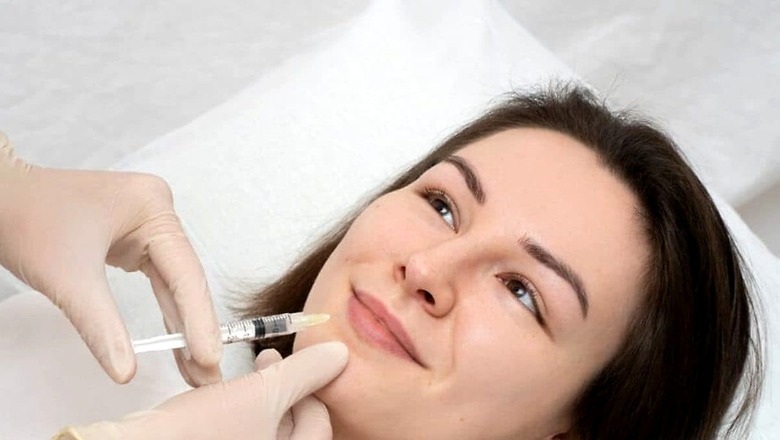
views
When you hear the word “Botox,” chances are your mind immediately conjures images of wrinkle-smoothing injections and the pursuit of eternal youth. While Botox has undoubtedly earned its reputation as a go-to solution for ageing gracefully, its utility extends far beyond aesthetics. The incredible versatility of Botox and how it can effectively address a wide range of skin concerns is not very well known.
Originally introduced for cosmetic purposes, Botox—a purified form of botulinum toxin—was first approved by the FDA in 1989 to treat certain eye muscle disorders. Over the years, its applications have expanded significantly.
Beyond Wrinkles: Medical Uses of Botox
- Managing Chronic Migraines with Botox:Chronic migraines can be debilitating, affecting one’s quality of life. Botox has emerged as a game-changer in migraine management. Injecting Botox into specific areas of the head and neck can help reduce the frequency and intensity of migraine headaches, providing relief to those who have long suffered from this condition.
- Treating Muscle Spasticity and Movement Disorders:Botox can relieve individuals with muscle spasticity caused by conditions like cerebral palsy or multiple sclerosis. By relaxing overactive muscles, it can improve mobility and enhance overall quality of life.
- Botox as a Solution for Excessive Sweating (Hyperhidrosis):Excessive sweating, known as hyperhidrosis, can be both embarrassing and uncomfortable. Botox injections can help by blocking the nerves responsible for sweating in the treated area. This safe and effective procedure relieves those dealing with this often socially challenging condition.
- Managing Overactive Bladder with Botox:Overactive bladder (OAB) can be disruptive, impacting daily activities and causing inconvenience. Botox can help calm the bladder muscles, reducing the frequency of urgent urination and the discomfort associated with OAB.
- The Role of Botox in Pain Management:Chronic pain conditions like myofascial pain syndrome can be incredibly distressing. Botox injections in specific trigger points can provide significant relief by relaxing tense muscles and reducing pain signals.
Botox for Skin Health
While Botox is renowned for its wrinkle-reducing properties, it can also do wonders for overall skin health.
Understanding the Science Behind Botox’s Effects on Skin
Botox works by temporarily blocking nerve signals to targeted muscles. When used for cosmetic purposes, this reduces the appearance of wrinkles. But how does this translate to other skin concerns?
Botox’s Role in Addressing Fine Lines and Wrinkles
Beyond its cosmetic use, Botox can effectively address fine lines and wrinkles caused by repetitive muscle movements. Relaxing the underlying muscles softens these lines, giving your skin a smoother, more youthful appearance.
In summary, Botox is not just about aesthetics—it’s a versatile tool in modern medicine, offering hope and improved quality of life for patients facing various non-aesthetic conditions. So, the next time you think of Botox, remember that its benefits extend far beyond the quest for eternal youth.
(Inputs by Dr Sonali Kohli, Cobsultant, Dermatology Department, Sir HN Reliance Foundation Hospital and Research Centre)

















Comments
0 comment